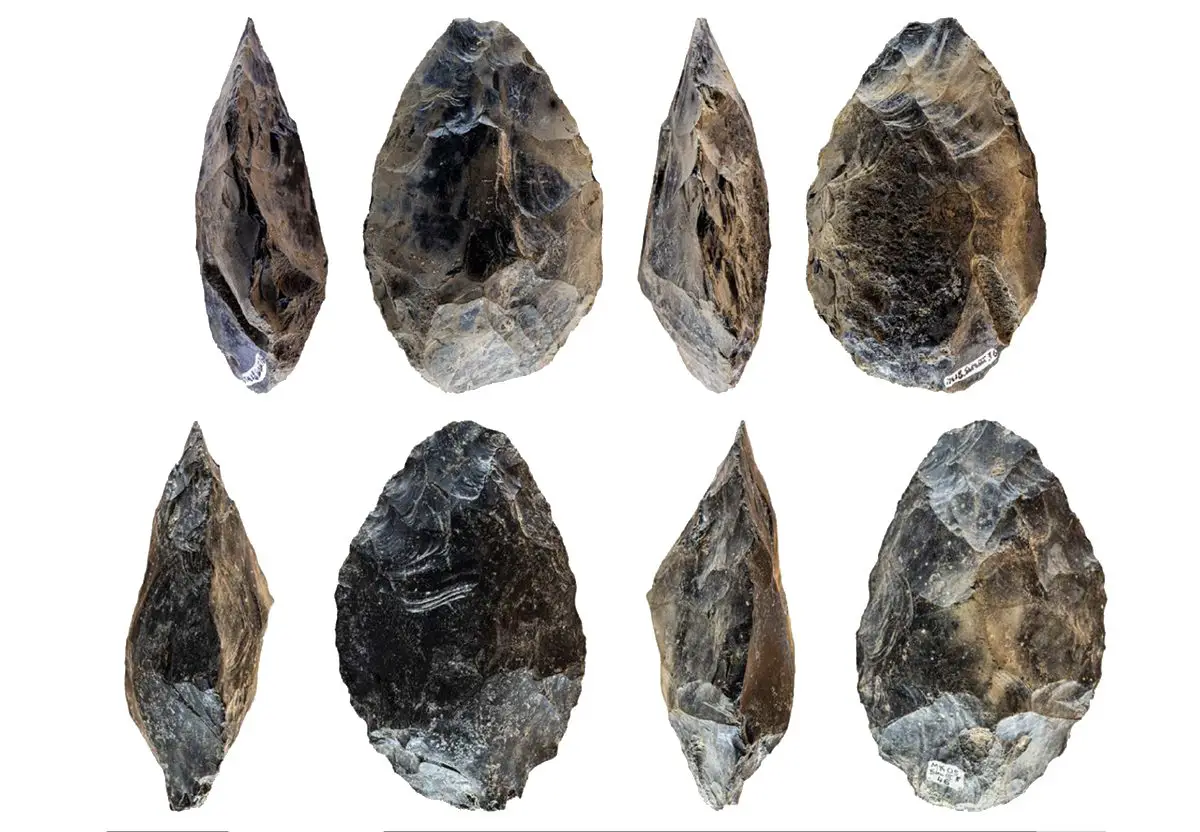A trove of obsidian hand-axes discovered in Melka Kunture, Ethiopia, has placed mass obsidian hand axe production to 1.2 million years ago.
Melka Kunture is located in the Ethiopian highlands, on the western side of the Main Ethiopian Rift, which has been affected by proximal to distal volcanic activity, dispersing raw materials such as obsidian which is suitable for knapping.
Obsidian is a naturally occurring volcanic glass, formed when lava extruded from a volcano cools rapidly with minimal crystal growth. Due to the hard, brittle, and amorphous nature of the glass, it fractures with sharp edges, making it a reliable material for manufacturing cutting and piercing tools.

Archaeologists excavating at the Simbiro III archaeological site have found a trove obsidian hand-axes from 1.2 million years ago, indicating that hand axe production on a mass scale occurred 500,000 years earlier than previously thought.
Simple obsidian tool production has been documented from sites as early as 3.3 million years ago, but the complexity for mass tool production of hand axes by an unknown group of hominins at Simbiro III, predates the earliest known example found at Kariandusi in Kenya which dates to 700,000-years-ago.
The results of the study at Simbiro III have been published in the journal Nature Ecology & Evolution, where the researchers document almost 600 obsidian hand-axes being discovered.
The hand axes provide ample evidence of the repetitive use of fully mastered skills. The hominins that created them solved through convergent thinking, technological problems, such as effectively detaching and shaping large flakes of the unusually brittle and cutting volcanic glass.

The study states: “Following the deposition of an accumulation of obsidian cobbles by a meandering river, hominins began to exploit these in new ways, producing large tools with sharp cutting edges. We show through statistical analysis that this was a focused activity, that very standardised hand axes were produced and that this was a stone-tool workshop.”
Src: heritagedaily.com








